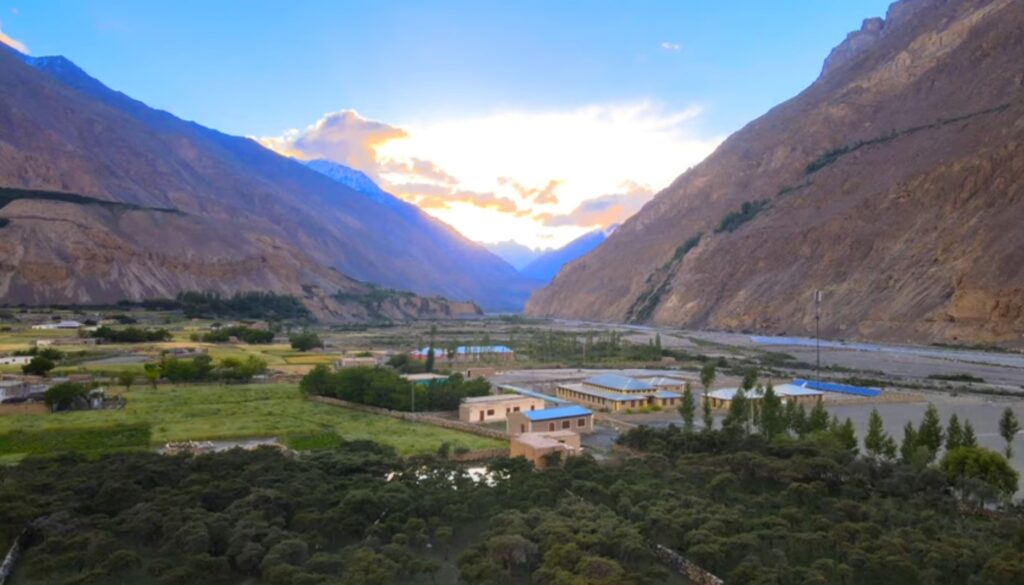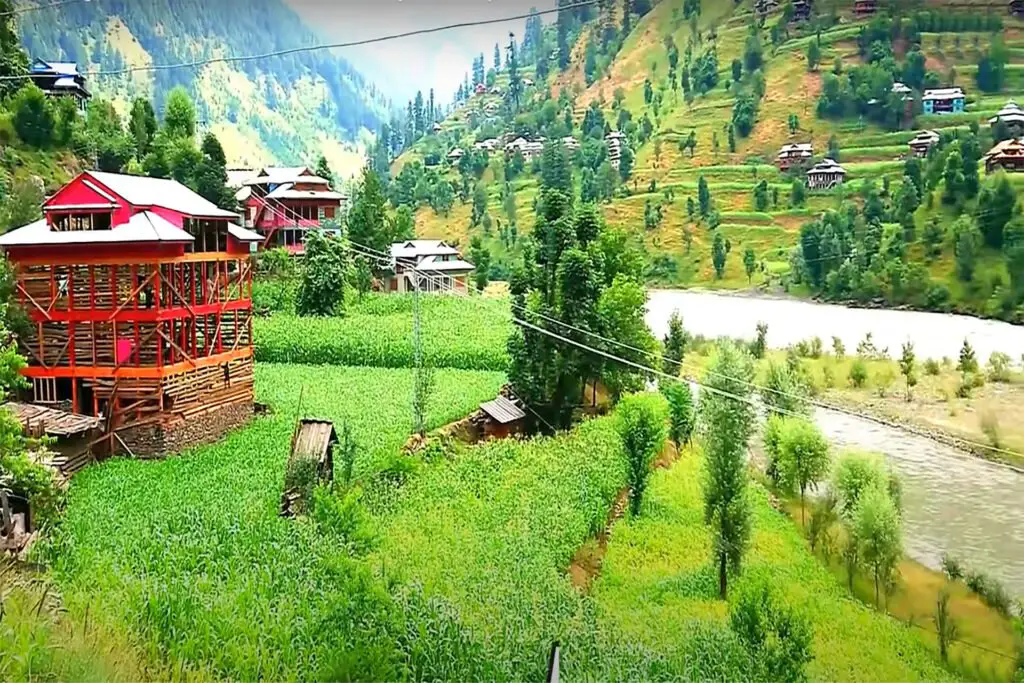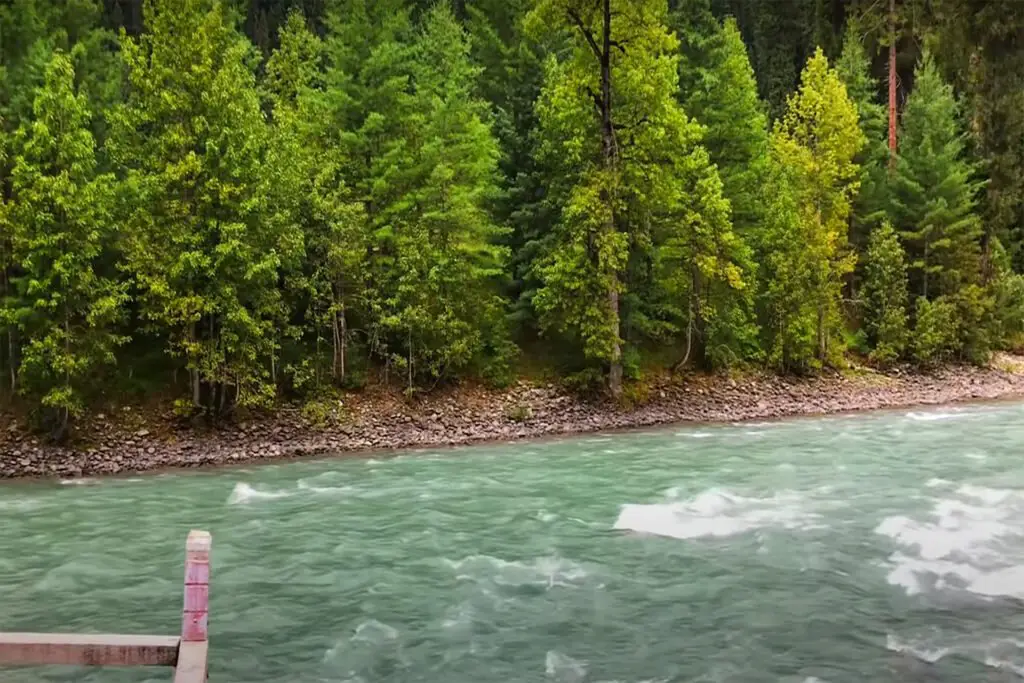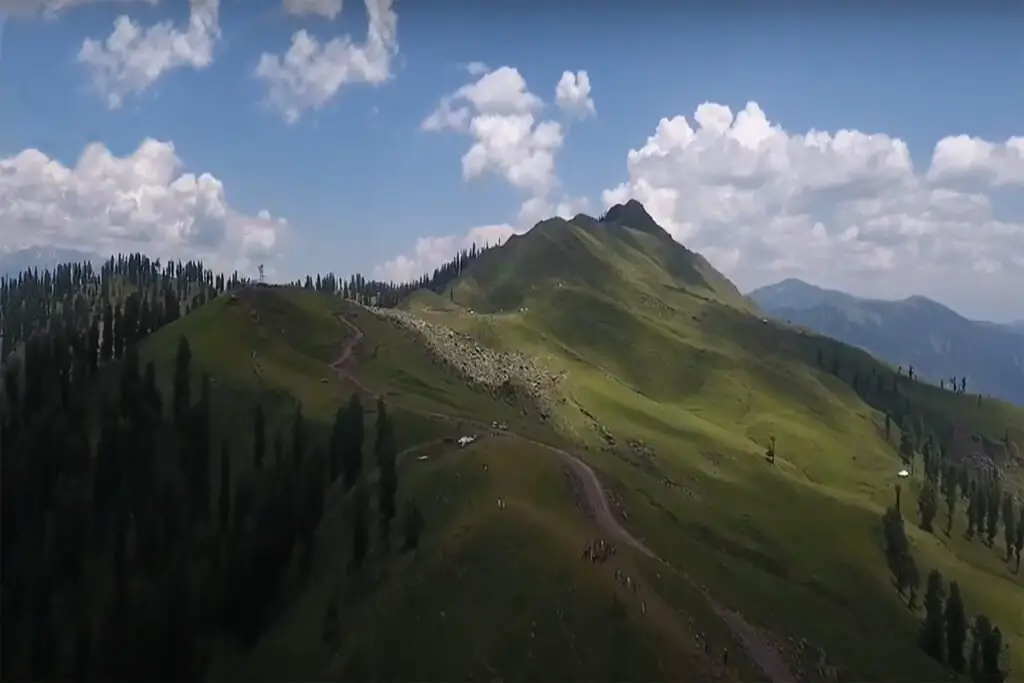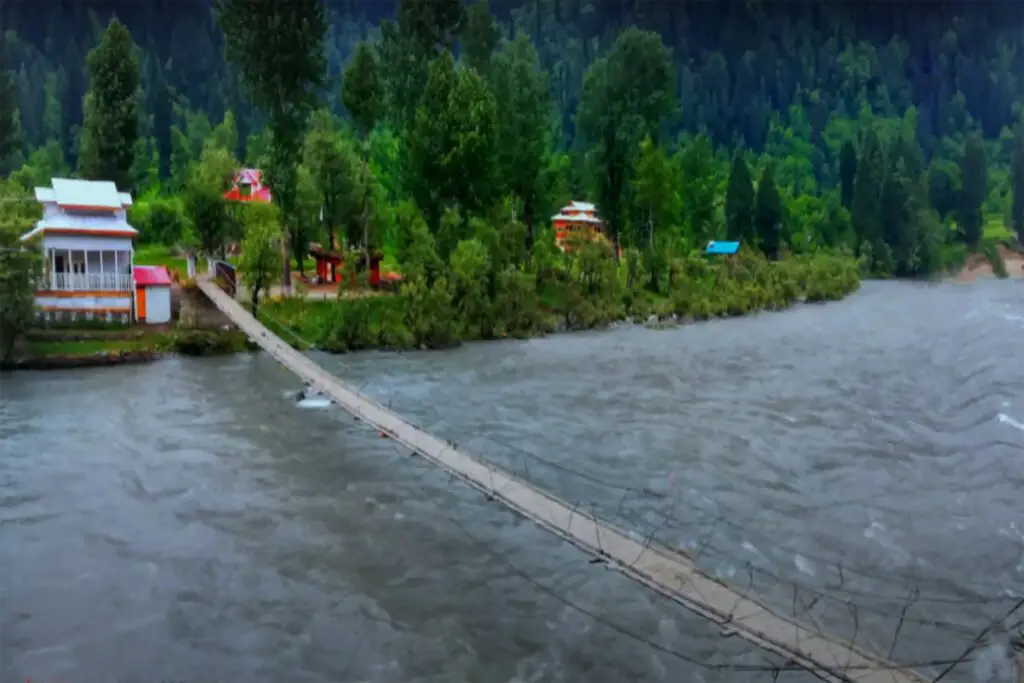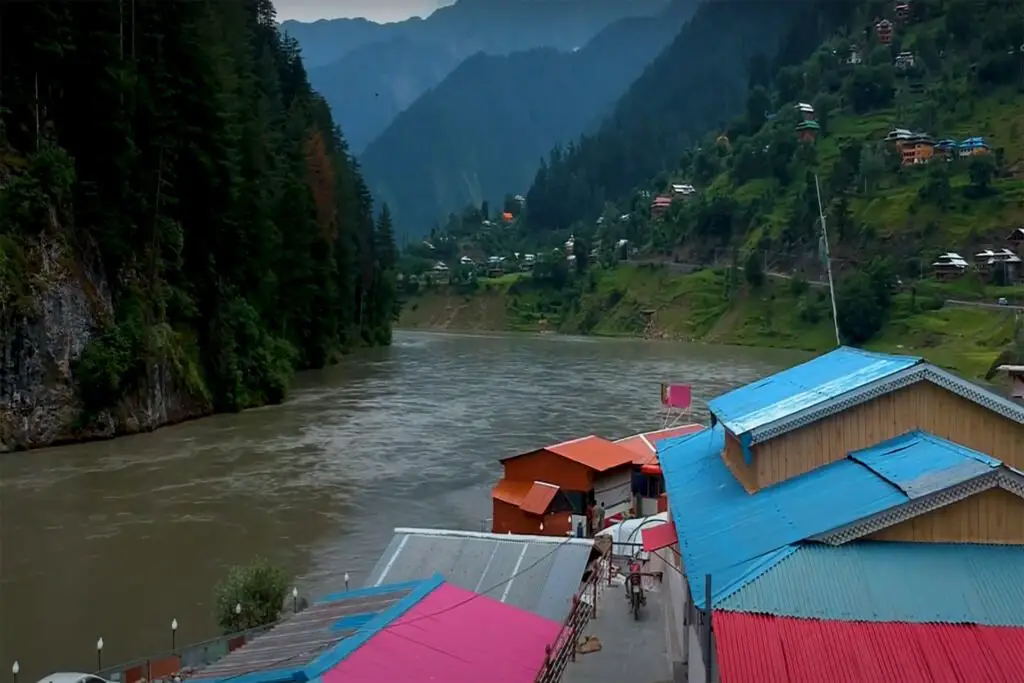Shimshal Valley is a remote valley about three hours east of Pass in Gilgit Baltistan, Pakistan. Shimshal Valley Pass is one of the most exciting destinations in Pakistan, famous for being home to possibly the most dangerous road in the country, hidden deep in the Karakoram.
The famous yet remote Shimshal sees relatively few visitors due to its remote, hard-to-reach nature. Locals hailing from the north are well aware of the valley’s beauty and dangers, but even to Pakistanis from the south of the country, Shimshal remains largely unknown, not to mention its status among foreigners.
Location & Altitude of Shimshal Valley Pass
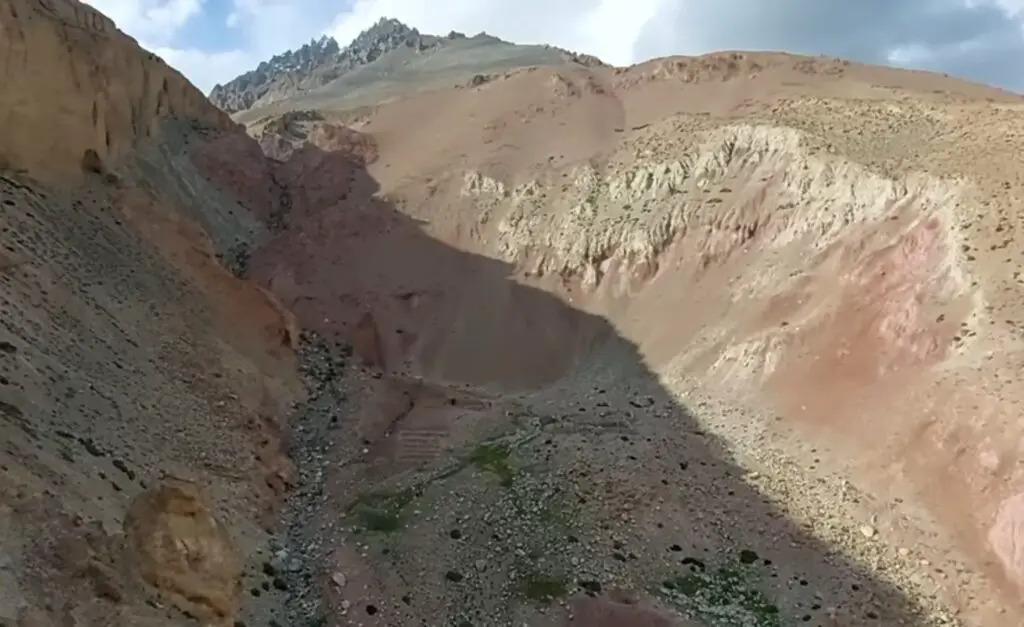
Shimshal is a village located in Gojal Tehsil of Hunza District in the Gilgit-Baltistan region of Pakistan. Situated at an altitude of 3,100 meters (10,200 ft) above sea level, it is the highest settlement in the district. It is the largest valley in Gilgit-Baltistan and covers almost the area of Hunza District.
It is located in the valley of the Shimshal River, a tributary of the Hunza River. Shimshal is a border village that connects the Gilgit-Baltistan region of Pakistan with China. The total area of Shimshal is approximately 3,800 km2 (1,500 sq mi) and has a population of around two thousand with a total of 250 households.
Trek to Shimshal Valley Pass
The valley is the gateway to the Shimshal Pass, a fairly popular trek with avid hikers and mountaineers. If you’re just a casual mountain lover, don’t let this put you off. Even if you don’t want to do the Shimshal Pass trek, the Shimshal Valley is a peaceful retreat and a great place to stay for a few days. Read on to know how to get from Hunza to Shimshal Valley.
Hunza to Shimshal Valley Pass
The Shimshal Valley can only be reached by a beautiful – albeit dangerous – jeep from the Hunza Valley.
Due to the remote setup, only one or two jeeps make the trip each day. Jeeps start at Aliabad, the main transport hub of the Hunza Valley, but can be boarded from anywhere on the way up the Pass.
There is no set timing for the Jeeps and supply is based on demand. It is strongly recommended to reserve your spot a day or two in advance. Most guesthouses in the Hunza Valley will help you secure a seat in the next jeep. A three to four-hour jeep ride costs Rs 1000 per person, assuming there are 10 people in the jeep. If there are fewer people, the price goes up, but the price can be negotiated a little.
The drive into the valley is beautiful as you drive through a narrow valley on a steep road that eventually leads to the sprawling village of Shimshal.
Technically, foreigners need a permit to visit Shimshal, but at the time of writing, the police checkpoint was letting foreign travelers in if they promised to only visit Shimshal and its immediate surroundings.
If you want to go on a multi-day trek – for example to the Shimshal Pass – you need a permit, which can only be arranged through a travel agency.
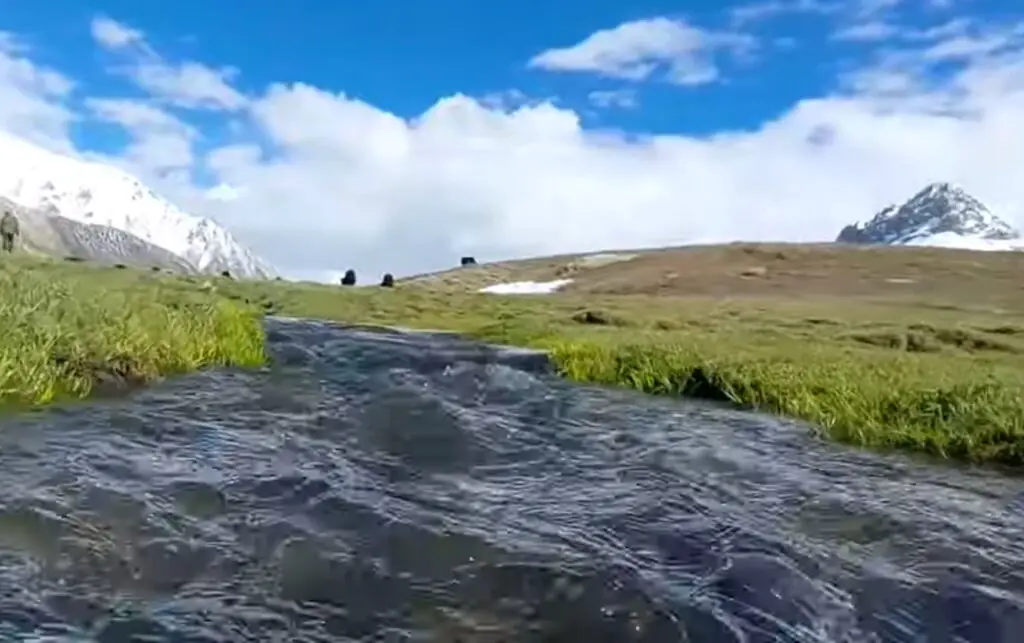
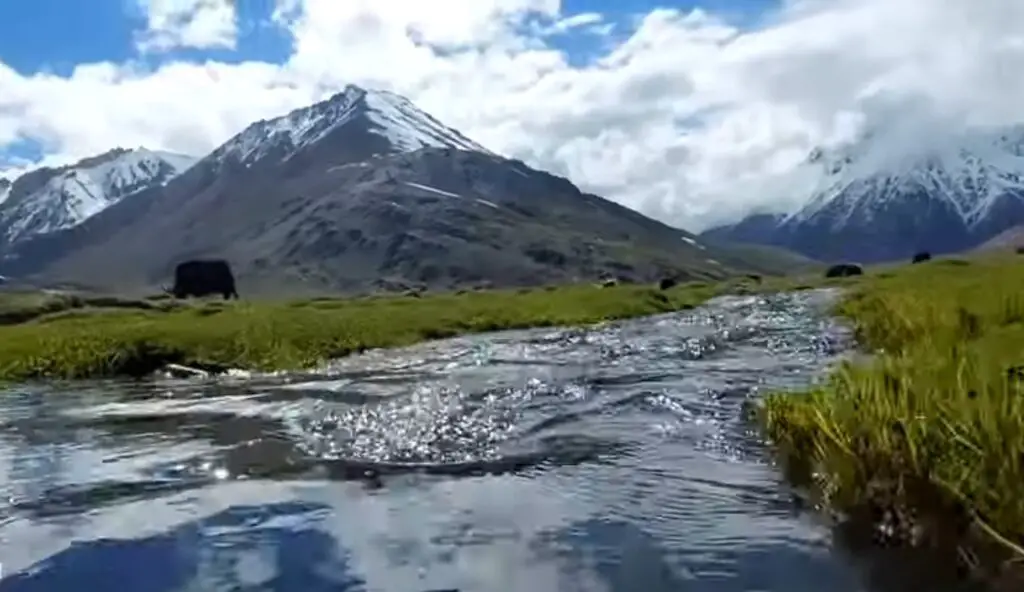
Things to do in Shimshal Valley Pass
There are several multi-day treks in Shimshal. However, these require prior agreement and, in most cases, prior permission. If you wish to do a multi-day trek in the Shimshal Valley, contact a travel agency.
From top to bottom, Shimshal is a paradise for hikers and mountaineers. There are so many treks, each with different lengths and difficulty levels, and ALL of them are spectacular. You can even climb peaks below 6,000 meters without a special permit if you are equipped and skilled enough, and if the season is right (think late October) it is possible to climb the frozen waterfalls above the village.
There are also several day hikes in the Shimshal Valley. Further down the valley are several glaciers. The first glacier, the Yazghil Glacier, is about a three-hour walk from Shimshal. Trekking to the glacier requires no guide and can be done even by inexperienced trekkers.
The Shimshal Pass Trek is one of the most prominent treks in the region, and for good reason. Lasting about a week, this trek will take you through some of the most rugged terrain that Pakistan has to offer. Several travel agencies offer packages for this trek.
Shimshal has hiking options ranging from easy to nightmarish, but it’s important to know your limits. The valley has frozen waterfalls, gigantic mountains, and massive glaciers to conquer and overcome, and you shouldn’t attempt anything above average difficulty without a guide, the right equipment, and previous experience.
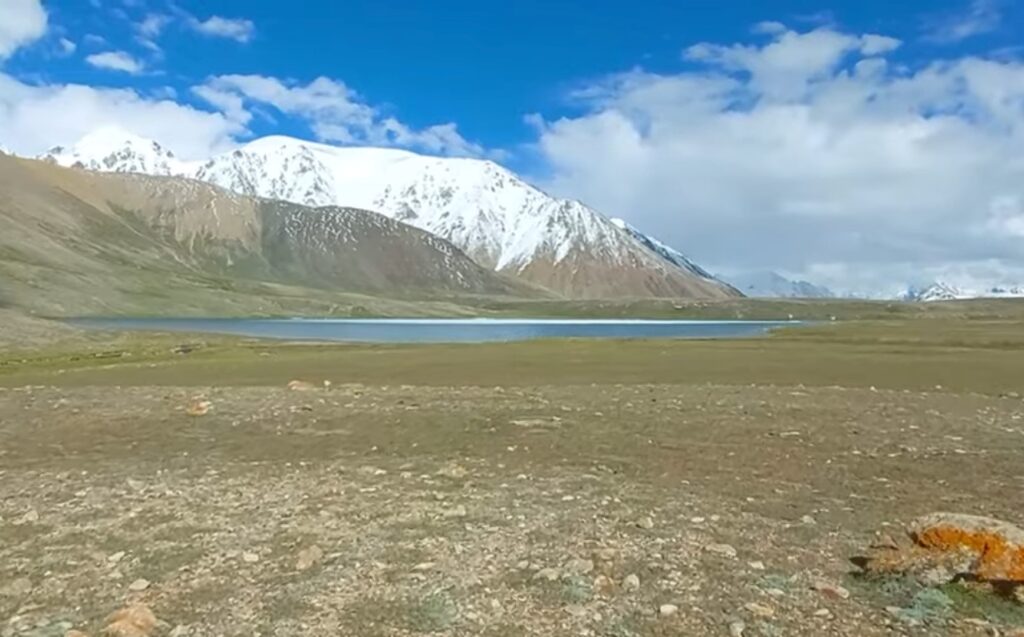
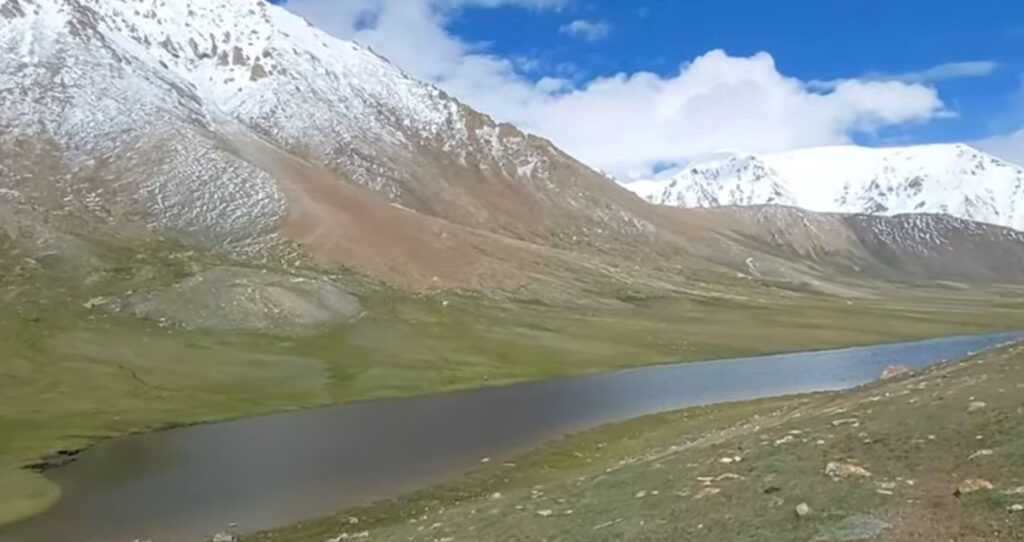
Shimshal is not a random, easy-to-reach destination. Getting into this valley – to say the least – requires effort and going off the beaten path, and more than likely it will require some degree of daring danger.
Shimshal is for adventurous visitors looking for epic treks, an escape from civilization, and plenty of peaceful places to rest in silence. Jagged peaks, vast landscapes, the chance to see exotic wildlife, and the risk of danger await you. If any of these appeal to you and you want to get away from the often stifling crowds of Hunza, Shimshal is the place to be.

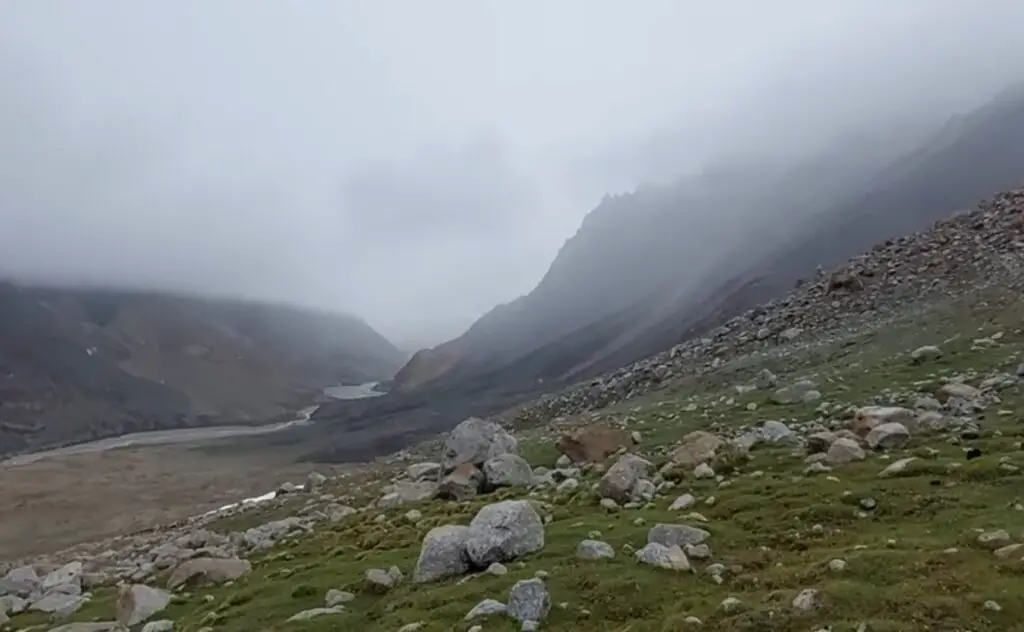
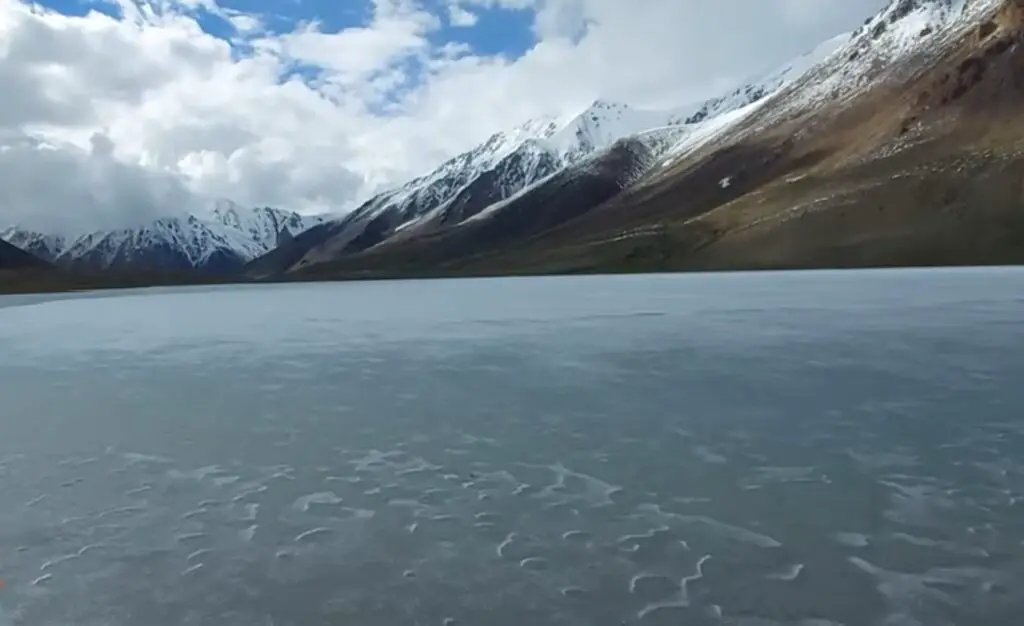
Best time to visit Shimshal?
The Shimshal Valley is defined by rugged terrain and has a harsh, unforgiving climate. The weather here will never be too hot, but it can be downright freezing. Shimshal is best visited between May and October when the temperatures do not drop to depths that will be unbearable for most people and the road is in acceptable condition.
The summer months are more touristy, but luckily overcrowding is never a problem, making this time of year ideal for enjoying both Shimshal’s road and its many scenic treks.

